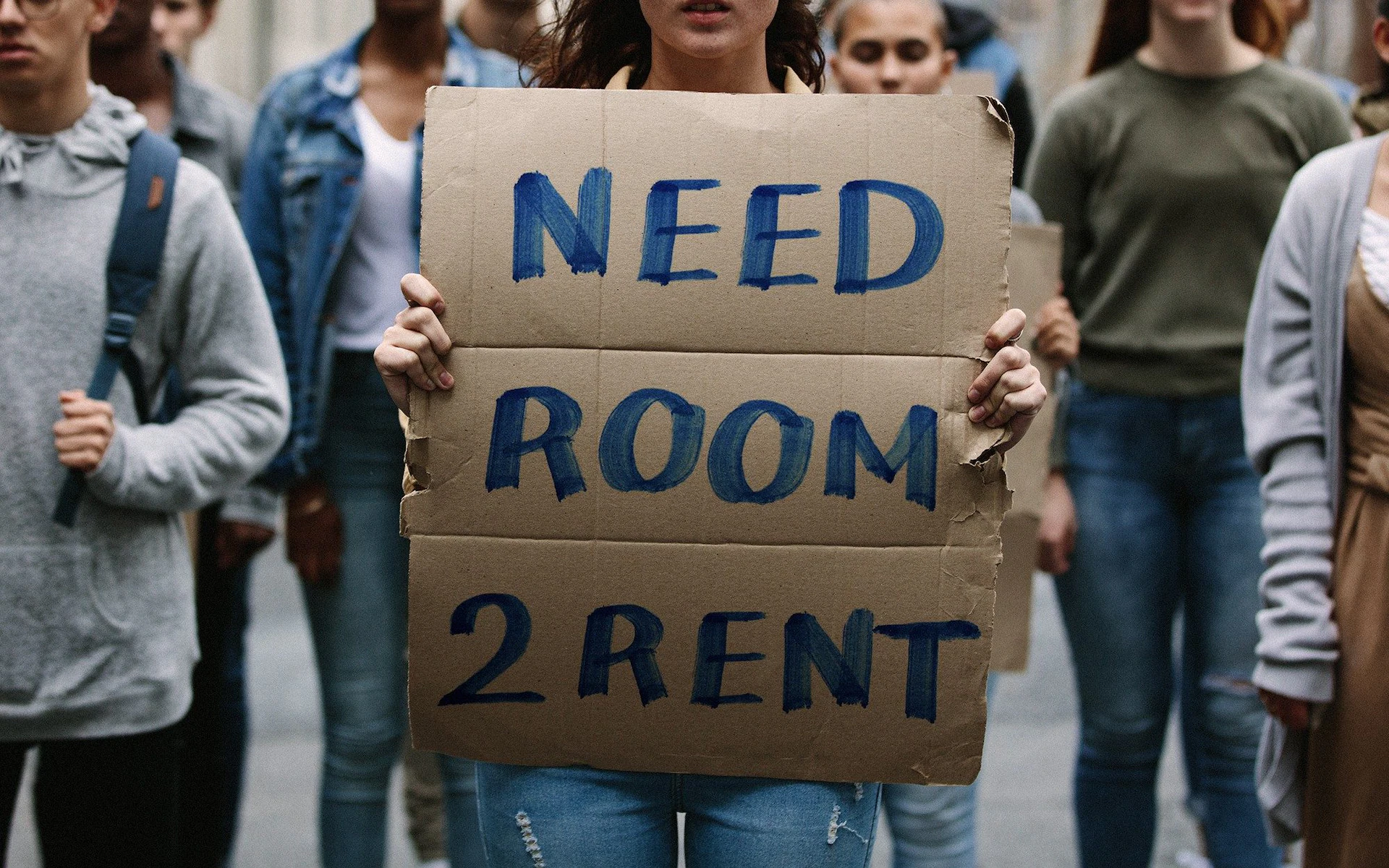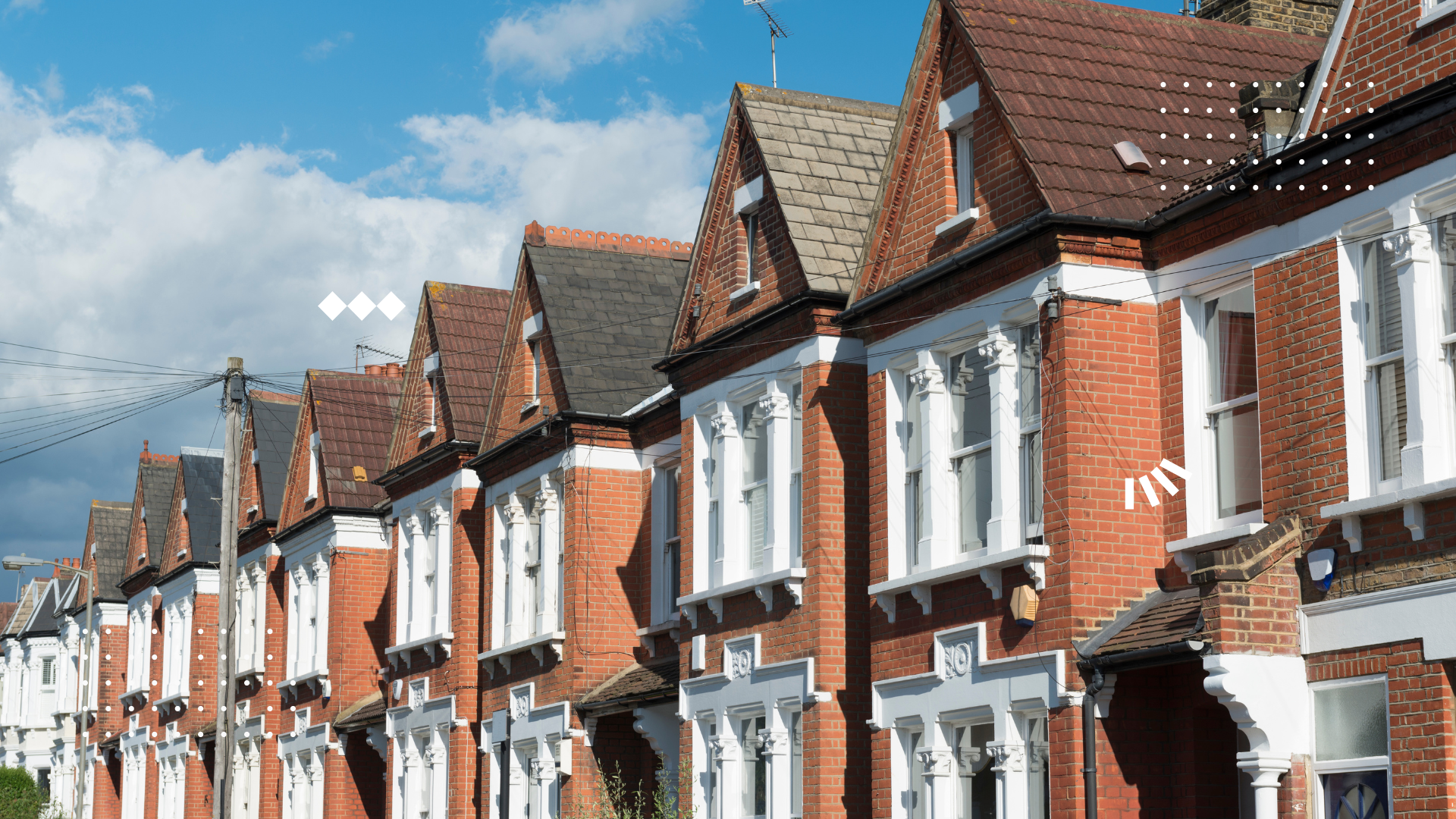For years, the student market was a safe bet for landlords.
Houses of multiple occupancy (HMOs) – better known as flat shares – offered property investors above-average returns while swelling numbers of school leavers going on to higher education pushed up rents in university towns across the country.
Meanwhile, a surge in wealthy overseas students from Asia and the Middle East opened up a lucrative market for high-end, purpose-built student accommodation (PBSA).
But the pandemic changed things. Remote learning meant many students moved home, denting demand for housing. Official figures show the number of foreign students dipped last academic year for the first time in more than a decade.
At the same time, landlords in all sectors have faced higher costs, from maintenance to compliance with new regulations. Smaller landlords have watched their profit margins whittled away, and some have left the market.
Now Labour risks making the problem worse for both landlords and students.
Experts have warned that the impending Renters’ Rights Bill and the possibility of a tax rise on rental income could undermine student landlords’ business model and be the “final straw” to quit the market.
Nervous investors
Investment in PBSA – or managed student halls – has boomed over the past 20 years, with high occupancy rates and strong rent growth attracting institutional investors such as pension funds.
The number of privately-owned PBSA beds has risen from 61,000 in 2004 to 412,000 last year, according to JLL property consultants.
By contrast, the number of university-owned student beds has climbed just 12pc to 353,000 over the same period.
Collectively, these managed properties are worth around £70bn according to real estate investment firm CBRE, housing around a third of Britain’s two million undergraduate students. A further third live in the private rental sector, primarily in HMOs, while the remainder live with family.
However, demand for PBSA is underpinned by international student demand, which has become “more volatile” over the past two years, according to Oliver Knight of estate agents Knight Frank.
The Government’s decision to shorten graduate visas from two years to 18 months, tighten up sponsorship requirements and propose a 6pc levy on international student fees has fuelled uncertainty and made potential investors nervous.
Just 1,609 new student beds have been added to supply so far in 2025, with 17,802 required for the 2025-26 academic year.
Mr Knight added: “London, Nottingham and Leeds are expected to see the largest increases in supply over that time, but with less than 60,000 beds presently under construction across the UK, the misalignment between demand and supply remains.”
CBRE calculates that there will be a shortfall of 620,000 student beds by 2029.
Writing for the Higher Education Policy Institute, Martin Blakey, former chief executive of student housing charity Unipol, said PBSA building costs were around £110,000 per bed space last year, up from £65,000 as recently as 2018.
He added: “On that basis, only expensive accommodation (with weekly rents over £200) can be developed or future plans will simply not be viable.”
Supply crunch
A parallel story is playing out with student flat shares. As renting to students has become less lucrative, student landlords have chosen to rent to professionals instead – or simply sell up.
One third of landlords who own student flat shares are planning to sell all those properties within a year, according to a survey of landlords by Handelsbanken.
Tighter interest rates and regulation have pushed smaller landlords to sell, exacerbating a lack of supply at a time when new PBSA development is still recovering from pandemic-era construction delays.
James Sproule, chief UK economist at Handelsbanken, said: “The student accommodation market is experiencing a paradox: demand from students remains robust, even growing, yet investor appetite is waning.
“The reasons for this shift are largely structural. Higher interest rates have increased financing costs, while regulatory changes have added complexity and uncertainty for landlords.
“At the same time, construction costs remain elevated, making new developments harder to justify without significant scale.”
Successive governments’ buy-to-let tax crackdown – which has removed tax relief on buy-to-let mortgages and introduced a stamp duty surcharge on buying additional properties – has squeezed the small-scale investors who typically own HMOs. Tightening energy performance certificate (EPC) requirements has added an extra layer of red tape.
The result has been a supply crunch with students in Durham, Oxford and Glasgow having to queue through the night to stand a chance of securing private sector accommodation.
Severely constrained housing supply has meant rising rents that have outpaced maintenance loan uplifts.
Only around 11,000 student beds were added to the housing stock in 2024, barely a third of what developers were delivering before the pandemic.
The squeeze in supply is pushing up student rents: the cost of a room in halls rose by 8.1pc in 2024 while HMO rents were up 5.3pc, according to data from student accommodation portal StuRents.
A National Union of Students survey found that over a third of students are struggling to pay their housing costs.
Market ‘turmoil’
Labour’s Renters’ Rights Bill risks upending the student rental market and making matters worse for both landlords and students.
The legislation – dubbed the biggest overhaul of housing law in 30 years – will stop landlords from taking action against non-paying tenants for up to three months and ban “no-fault” evictions.
Crucially for student landlords, it will also end fixed-term tenancies. Student housing relies on fixed tenancies, usually of 12 months to align with the academic year.
A rolling model, where students could leave with two months’ notice, could create void periods where landlords cannot find a replacement tenant.
David Fell, of estate agents Hamptons, said: “Without a carve-out for students, the abolition of fixed-term contracts in the Renters’ Rights Bill may mean landlords find themselves with empty homes over the summer holidays.”
For students sick of paying for accommodation they don’t use, this looks like a win, but it could drive up rents further if more landlords choose to exit the market altogether because they consider student accommodation too financially risky and unreliable.
Unipol has estimated that even a drop of 10% in the availability of student housing could lead to 70,000 students being unable to find suitable accommodation.
Accommodation for Students, a housing portal, has warned that the bill’s periodic tenancies will cause “turmoil” for student landlords.
Rachel Reeves is also reported to be considering applying National Insurance to rental income in her autumn Budget to help fill a £50bn hole in the public finances.
The plan could mean landlords with between £50,000 and £70,000 of rental income – the most common bracket – paying over £1,000 more in tax each year.
Chris Norris, of the National Residential Landlords Association, said that these student landlords had faced licensing costs, rising interest rates and “punitive” tax hikes over the past decade.
He added, “The final straw for many landlords may be the uncertainty and additional risk represented by upcoming reforms.
“Thousands of student homes are at risk unless the Government accepts the need to provide minimum safeguards in its Renters’ Rights Bill.
“Unless ministers accept the minor amendments proposed in the House of Lords to preserve the cyclical nature of the student market and provide some assurance to landlords, investment will go elsewhere and students will struggle to find the accommodation they need.”



